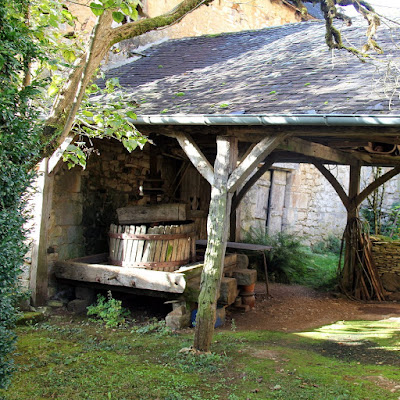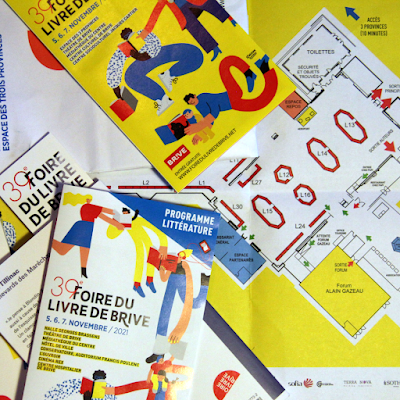 |
| Reminder of the past wine making. |
 |
| A living landscape including agricultural activity. |
 |
| The ‘a bolets’ wine makers houses. |
 |
| An authentic hamlet in the heart of a forest. |
 |
| Map of Chapelle Mourat. |
 |
| Couderc with the bread oven. |
 |
| Detail of the romanesque church portal. |




No comments:
Post a Comment